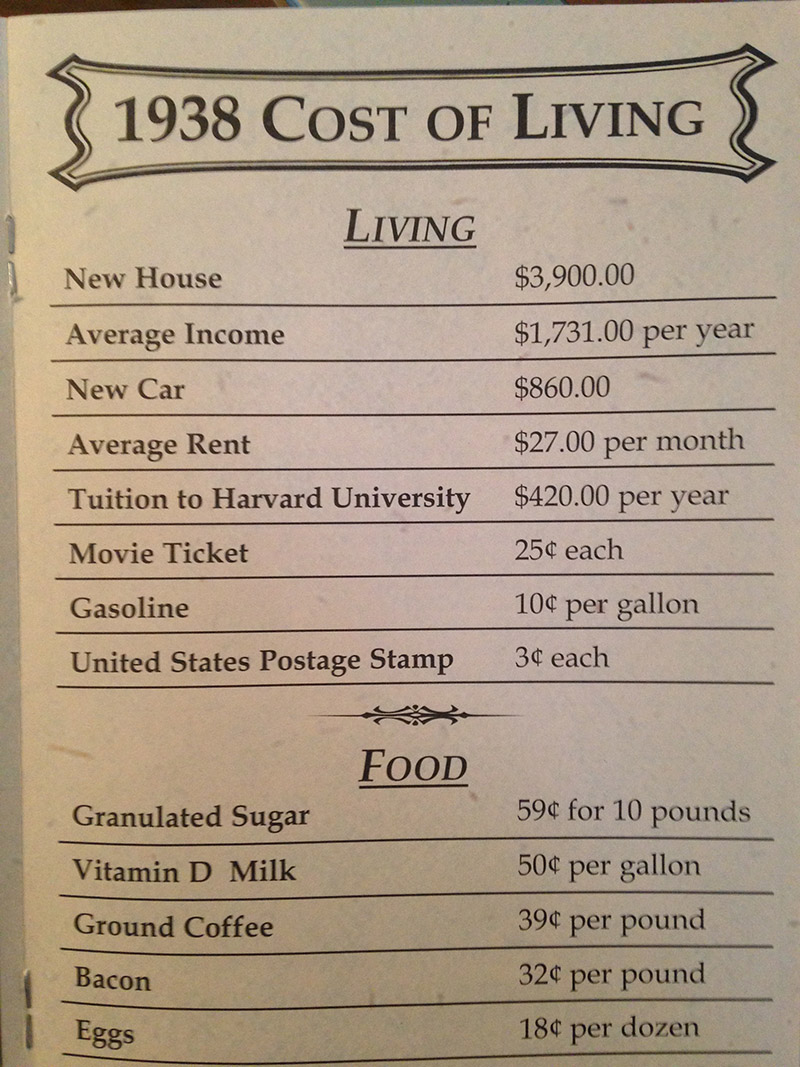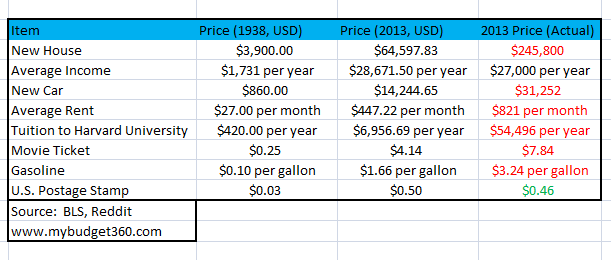 Probably Michael Bloomberg knows better than
Probably Michael Bloomberg knows better than
to try this: The European Union’s extremely meddlesome food
regulations are
threatening Denmark’s cinnamon rolls. They have more cinnamon
in them than the government collective thinks Danish people should
be allowed to consume.
From The (U.K.) Telegraph:
The season’s festivities in Denmark have been overshadowed by
the prospect that it could be the last Danish Christmas before a
European Union ban on their beloved kanelsnegler or
cinnamon rolls.The proposed ban followed plans by Denmark’s food safety agency
to implement EU regulations aimed at limiting the amount of
coumarin, a naturally occurring toxic chemical found in the most
commonly used type of cinnamon, cassia.Under Danish interpretation of the EU legislation the amount of
cinnamon in “everyday fine baked goods” will be limited to 15mg per
kilo meaning a ban on Kanelsnegler pastries, a winter favourite in
all Nordic countries, which take their name from their coiled snail
shape.
The problem, though, is that although coumarin is technically
toxic chemical, experts say it’s not this toxic.
Furthermore, it only affects those who are particularly sensitive
to it. People aren’t keeling over from eating cinnamon rolls –
well, at least not because of their toxicity anyway. NPR
explored what experts have to say about cinnamon:
Experts say that adults would have to eat a lot of Cassia
cinnamon to be at risk. For an adult, that limit is about a
teaspoon a day, according to the set by the European Food Safety
Authority — or roughly about as much cinnamon as you’d find in an
entire batch of cookies.
For small children, the amount is lesser, but even so, the child
would have to eat a lot of cinnamon rolls and also be susceptible
to the toxin. An expert tells NPR:
Only certain individuals are even going to be susceptible to
liver issues from coumarin. … That person would have to exceed the
maximum recommended daily intake for at least two weeks before
liver problems cropped up — and if problems do occur, the toxicity
is reversible.
In other words, there’s little reason to regulate cinnamon
content in food at all, let alone with such harsh rules.
Follow this story and more at Reason
24/7.
Spice up your blog or Website with Reason 24/7 news and
Reason articles. You can get the widgets
here. If you have a story that would be of
interest to Reason’s readers please let us know by emailing the
24/7 crew at 24_7@reason.com, or tweet us stories
at @reason247.
from Hit & Run http://reason.com/blog/2013/12/26/is-no-food-sacred-eu-goes-after-cinnamon
via IFTTT








 Massachusetts and Vermont, who
Massachusetts and Vermont, who







 They found it is
They found it is 